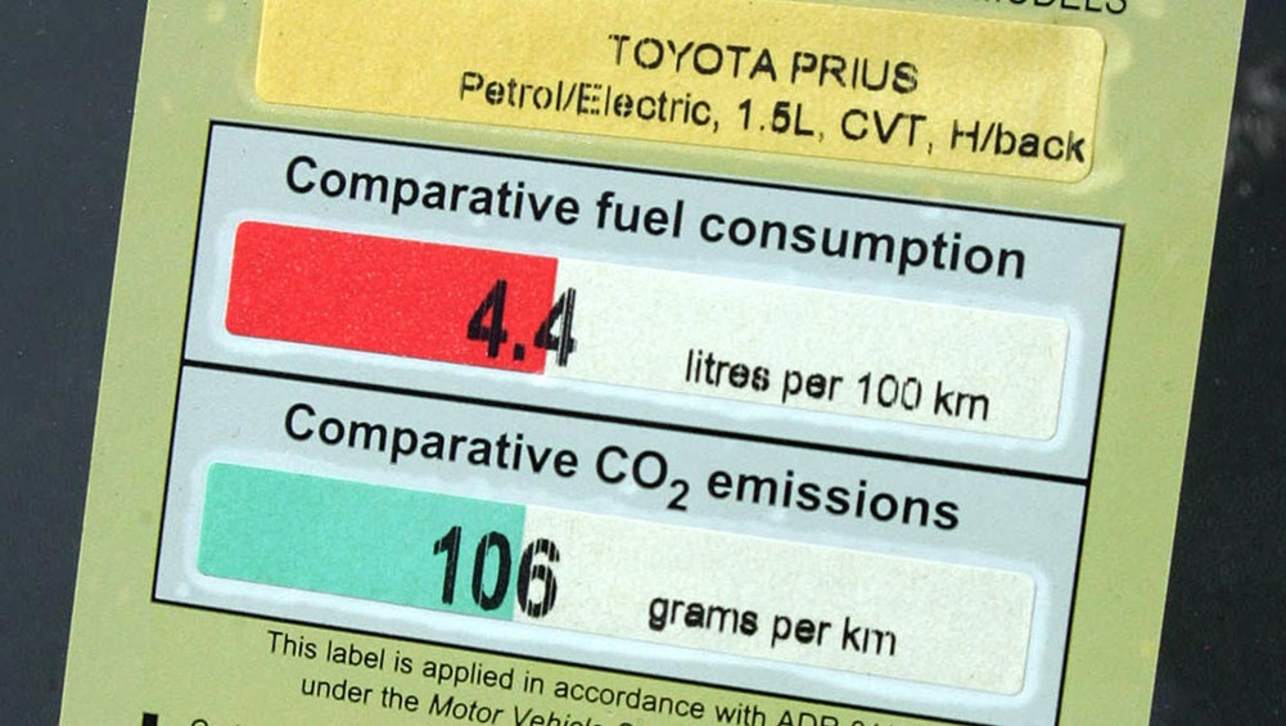Fuel consumption claims aren't worth the label they're printed on. That's CarsGuide's conclusion after a straw poll of test vehicles we've had in recent weeks.
We've been able to get reasonably close to the highway fuel figure for the cars but matching the so-called urban figure has proved a pipe dream. One used up to 60 per cent more than the claim on its label.
We're not going to name names because that would be like singling out cyclists who have doped in the Tour de France. But we had a turbocharged petrol SUV that claimed to use 8.6L/100km in urban driving. It slurped 14.0L. At $1.40 a litre over 15,000km that's a $1134 difference in your annual fuel bill.
Another smaller SUV claimed 7.2L/100km and used more than 11.0L.
And it's not just petrol vehicles. A diesel SUV claimed 7.4L/100km and delivered more like 10.0L.
You have to question when cars that are identical under the skin can produce different results
Even the hybrid Toyota Camry in our garage couldn't match its official claim but, as it uses about 7.5L/100km in heavy city traffic (averaging just 21km/h), it's hard to complain.
You can't blame the manufacturers. They are given a laboratory test to complete and they merely "optimise" the results.
But you have to question the validity of the tests when cars that are identical under the skin can produce different results.
The Kia Optima, for example, claims fuel use of 8.5L/100km, its "twin under the skin" the Hyundai Sonata claims 9.2L/100km and neither company could explain the anomaly.
Jeep's Renegade and Fiat's 500X have the same engine, transmission and kerb weight but the Fiat is marginally more efficient. According to the label, anyway.
It's time for an overhaul. And the first thing to look at is the current practice of putting more weight on the highway cycle than the city cycle. That might be useful for farmers but it's hardly reflective of the driving habits of most Australian motorists.


-2.jpg)





.jpg)

.jpg)
.jpg)




.jpg)
.jpg)



.jpg)
.jpg)
.jpg)
_0.jpg)


.jpg)

.jpg)
.jpg)

Comments